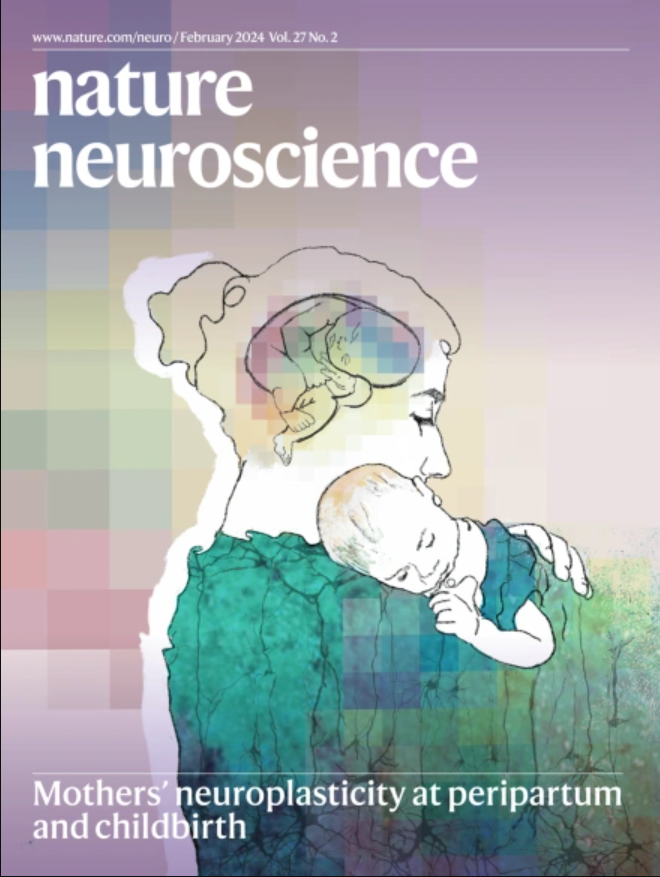Hormonal milieu influences whole-brain structural dynamics across the menstrual cycle using dense sampling in multiple individuals.
IF 20
1区 医学
Q1 NEUROSCIENCES
引用次数: 0
Abstract
Gonadal hormone receptors are widely distributed across the brain, yet their influence on brain structure remains understudied. Here, using precision imaging, we examined four females, including one with endometriosis and one using oral contraceptives (OC), across a monthly period. Whole-brain analyses revealed spatiotemporal patterns of brain volume changes, with substantial variations across the monthly period. In typical cycles, spatiotemporal patterns were associated with serum progesterone levels, while in cycles with endometriosis and during OC intake, patterns were associated with serum estradiol levels. The volume changes were widely distributed rather than region-specific, suggesting a widespread but coordinated influence of hormonal fluctuations. These findings underscore the importance of considering diverse hormonal milieus beyond typical menstrual cycles in understanding structural brain dynamics and suggest that hormonal rhythms may drive widespread structural brain changes.激素环境影响整个月经周期的全脑结构动态使用密集采样在多个个体。
性腺激素受体广泛分布在大脑中,但它们对大脑结构的影响仍未得到充分研究。在这里,我们使用精确成像技术检查了四位女性,其中一位患有子宫内膜异位症,另一位服用口服避孕药(OC)。全脑分析揭示了脑容量变化的时空模式,每个月都有很大的变化。在典型周期中,时空模式与血清孕酮水平相关,而在子宫内膜异位症周期和摄入OC期间,时空模式与血清雌二醇水平相关。体积变化是广泛分布的,而不是特定区域的,这表明激素波动的影响是广泛而协调的。这些发现强调了在理解大脑结构动力学中考虑典型月经周期之外的不同激素环境的重要性,并表明激素节律可能会推动广泛的大脑结构变化。
本文章由计算机程序翻译,如有差异,请以英文原文为准。
求助全文
约1分钟内获得全文
求助全文
来源期刊

Nature neuroscience
医学-神经科学
CiteScore
38.60
自引率
1.20%
发文量
212
审稿时长
1 months
期刊介绍:
Nature Neuroscience, a multidisciplinary journal, publishes papers of the utmost quality and significance across all realms of neuroscience. The editors welcome contributions spanning molecular, cellular, systems, and cognitive neuroscience, along with psychophysics, computational modeling, and nervous system disorders. While no area is off-limits, studies offering fundamental insights into nervous system function receive priority.
The journal offers high visibility to both readers and authors, fostering interdisciplinary communication and accessibility to a broad audience. It maintains high standards of copy editing and production, rigorous peer review, rapid publication, and operates independently from academic societies and other vested interests.
In addition to primary research, Nature Neuroscience features news and views, reviews, editorials, commentaries, perspectives, book reviews, and correspondence, aiming to serve as the voice of the global neuroscience community.
 求助内容:
求助内容: 应助结果提醒方式:
应助结果提醒方式:


